The Kenilworth Portraits: The Images Elizabeth I Never Saw
When Dudley stood back and admired the two new, full-length paintings hanging on the walls of his Warwickshire home at Kenilworth Castle, he knew he was treading on delicate ground. The queen was soon to arrive as part of her summer progress – and Dudley had spent millions (in modern-day money) in preparation for the event. The portrait of Elizabeth I hanging next to his own looked magnificent, but there was a lot at stake. The queen’s heart may long ago have been won, but the ultimate prize, her hand in marriage, most certainly had not.
These paintings were part of an elaborate dance to finally win her over and accept Robert as her husband. But for now, discretion was the better part of valour. So, the Earl of Leicester ordered curtains to cover the paintings. He would only reveal them if the day was won in his favour…

In today’s blog, we hear once more from Sue Doran, Professor of Early Modern History at Oxford University. Having interviewed Sue about Elizabeth I and the famous Chequers’ Ring quite recently, I took the opportunity to talk to her at the same time about two sets of portraits, both of Elizabeth and Robert Dudley, thought to have been commissioned by the Earl of Leicester for Elizabeth’s visit to the castle in 1575.
The following is a transcript of that interview, based on my conversation with Sue, which is part of this month’s Tudor Travel Show, where I revisit Kenilworth to complete my exploration of the castle by hearing all about Elizabeth’s privy garden and how it was recreated by English Heritage in 2009.
For maximum enjoyment of this blog, I recommend that you listen to both July and August’s podcast to hear the whole story of the 1575 visit – and how these paintings were part of Dudley’s elaborate courtship of the queen.
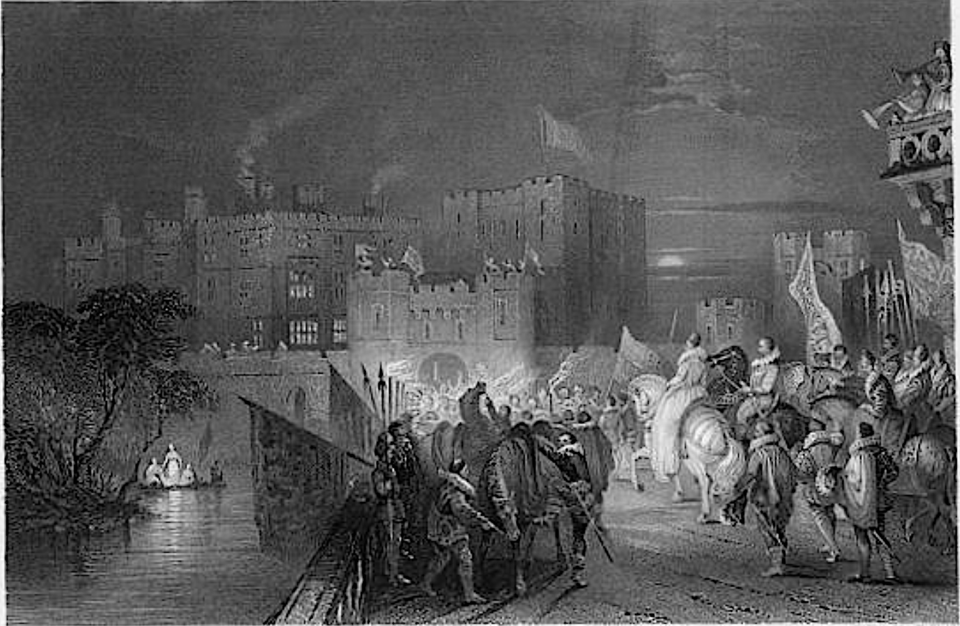
Sarah: Welcome back, Sue! This is our second chat here on The Tudor Travel Show. This time, though, we are going to be talking about a slightly different topic.
In the last two episodes of The Tudor Travel Show, I have been touring Kenilworth Castle and, in particular, exploring the castle in relation to the visit of Elizabeth I in 1575, uncovering the lengths that Robert Dudley went to in order to honour, and perhaps some might say, ‘woo’ the queen.
I know that when we were talking a little while ago, you brought to my attention an interesting pair of portraits, which had been painted during that very year – 1575. I thought it might be fascinating to hear more about those two portraits and how, if at all, they are linked to Elizabeth’s legendary visit. So, I was wondering if we could start with a description of the paintings?
Sue: Most of what I’m going to tell you today is based on the work of Elizabeth Goldring, who has written both an article and a book that convinces me that these two portraits were commissioned by Leicester in 1575, and positioned in a way that either showed him to be the clear favourite of Elizabeth or as you quite rightly say, the suitor of Elizabeth – because they could be seen as marriage portraits.
So, firstly, the portraits don’t now appear as a pair. One is in the National Portrait Gallery. It’s the most famous portrait of Robert Dudley, Earl of Leicester. He’s wearing a suit of red satin with a high ruff. He has a bejewelled black hat on, decorated with a scarlet plume. He wears a necklace embellished with a figure of St George, which is the emblem of the Knights of the Garter. He wears it around his neck, which is suspended from an encrusted, golden chain. He looks like an extremely wealthy courtier.

Now what we know is that the portrait has been cut down. So originally, the painting would have been full length. Now, let’s compare that one to the second portrait, which is in very poor condition. It’s in the Reading Museum. It’s faded and has almost certainly also been cut down. Elizabeth Goldring hasn’t been able to look at it closely, so she can’t be absolutely sure, but it seems very likely from its composition that it was one of a matching pair – matching the Dudley portrait. The sitters are in the same pose. They are both turning slightly to the right. Both of them are leaning on a chair. They certainly look as if they were originally hanging together.
Now the other reason why we make the deduction that the two paintings were commissioned at the same time is that the inventory of Kenilworth Castle, dating from 1578, describes the appearance of Dudley exactly as he is painted in the NPG portrait. As for Elizabeth, it describes a doublet that Leicester gave her as a gift. It is made of white satin and is jewel-encrusted. And what do we see Elizabeth wearing in the Reading portrait? The same doublet. So again, we’re putting things together. We can’t be absolutely sure, but it very much looks as if this was a double portrait commissioned for Elizabeth’s visit to Kenilworth in 1575.
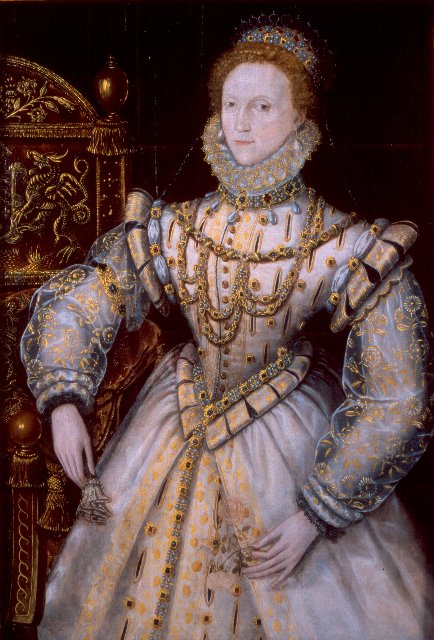
Sarah: Do you think that the portrait of Elizabeth I was painted from life? I know that in some instances the sitter didn’t necessarily pose for the portrait. So how do you think this painting came about? Do you think the queen posed knowing that Leicester was commissioning them and that they would be hung together at Kenilworth?
Sue: I think it is very unlikely that it was painted from life. I think that there was a face pattern that was used – it is not dissimilar from the Darnley Portrait, which was also painted in the middle 1570s. So, I would suggest that Elizabeth didn’t know that this particular portrait was going to appear at Kenilworth at the time. And this makes it different from another pair of portraits of Elizabeth and Leicester.
Now, with the other portraits, we don’t actually have the finished article. There are chalk drawings held in the British Museum. These are preliminary sketches for the two, other portraits that I am referring to. Now, it does look as if the painter, who was Frederico Zuccaro, an Italian painter who had come over to England at the time, was commissioned by Dudley, but he painted the queen from life. And given that he was a very esteemed portraitist and he was an Italian, it’s quite likely that Elizabeth was either persuaded or entranced to have her portrait painted by this high-quality artist.
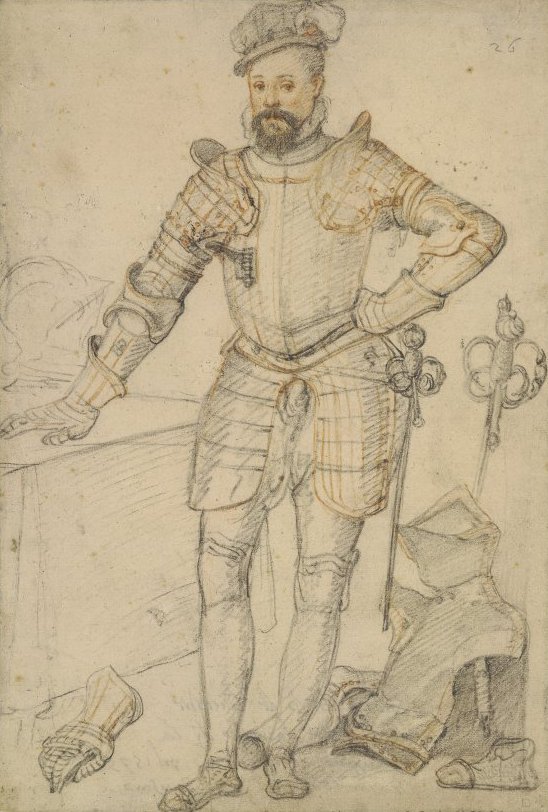
However, as I say, we don’t have a finished piece of work for the painting of Elizabeth, nor for the matching Dudley sketch. Yet, the sketches were a matched pair, there’s no question about that. But we do know that there was a painting of Robert Dudley, which has clearly been painted from the aforementioned sketch. This was in the Duke of Sutherland’s collection and was probably was destroyed during the Second World War. Today, we have left only a photograph of it, which is in the National Portrait Gallery. That painting looks as if the sketch has come to life. So we’re pretty sure what it would’ve looked like.
Sarah: Oh, how wonderful! I didn’t know about that at all. So, we know that Dudley commissioned these and obviously, from my time at Kenilworth, I’m aware of the lengths that he went to impress his queen. I guess this was just part of all of that?
Sue: Yes, although not exactly hidden, they were kept behind curtains, so they weren’t quite on public show in the space where they were displayed. And one of the reasons might be that in that space were paintings of European rulers with their wives. And it would have been just a little bit too ‘in your face’ for Leicester to be portrayed with Elizabeth in that prominent position and in that kind of space. So, Elizabeth Goldring postulates, and I think she is utterly convincing in this, that the paintings were behind a curtain. And perhaps it might have been that Leicester tried to see how Elizabeth responded to his overtures of marriage? And if she had responded well, he would’ve drawn the curtains back. She didn’t respond well. So, I suspect Elizabeth didn’t even see them!

Sarah: Yes, because, am I right in saying that one of the pageants that Dudley had put together had very strong overtures of a marriage proposal within it – and it got vetoed by Elizabeth, so it never actually got performed? So, I think that at some point, he realized he may have just been pushing things a little bit too far?
Sue: That is absolutely right. It seems to me that he’s saying to Elizabeth, “Look, either marry me or let me go. And if you let me go, let me go to the Netherlands and fight on behalf of the Protestant cause”. In fact, the Zuccaro sketch actually shows armour by Leicester’s side. So he’s shown as a marshal figure – and that would fit with the pageant too.
Sarah: Well, having just recently visited Kenilworth and listened to the story of Elizabeth and Dudley during that heady summer of 1575, when Dudley famously stopped all the clocks for the period of time that his queen was in residence, hearing the stories of these paintings rounds off the tale very nicely.
Sue: And we do know that they were hanging there, because they are in the inventory of 1578, and it’s very hard to believe that they weren’t at Kenilworth in 1575, especially as Zuccero came over in that very year. We know that for a fact.
Sarah: I have to ask if the inventory tells us where these paintings were displayed?
Sue: No, it doesn’t. Not for certain – or at least I don’t know. And I don’t remember reading that a specific place was mentioned in the inventory. It might be, but I just don’t know. Sorry!
Sarah: Shucks! I love all those little tiny details but never mind! So, can these paintings be viewed by the public?
Sue: The two prints are in the British Museum. I’m not sure that they are on display, but they are in the print room. So you would need special permission to go and see them. The Dudley painting, which you have to see, lives in the National Portrait Gallery, and the Reading portrait (the Portrait of Elizabeth I), which quite honestly is in poor shape, can be seen. I think you probably need to contact the museum to make sure that you can have entry though.
Sarah: So most of these are accessible, which is great news. Well, thank you so much for giving us an insight into these portraits and completing the picture of the 1575 progress.
Sue: Thank you very much for having me.
Note: Currently, (as of August 2019) the portrait of Elizabeth is on loan from the Reading Museum and is on display at Kenilworth Castle as part of an exhibition about Elizabeth and Leicester.
 After reading History at St Anne’s College, Oxford, I obtained a PGCE, and afterwards taught at St Paul’s Girls’ School, London. My doctorate at UCL was in early modern history, my thesis was a political biography of an Elizabethan nobleman (Thomas Radcliffe 3rd earl of Sussex). Moving to St Mary’s University College (London), I taught a wide range of early-modern British and European History courses and ran the history programme for a number of years. When I left in 2001, I was Reader in History. I returned to Oxford in 2002 as a lecturer in Christ Church, and have been a Fellow at St Benet’s Hall since 2004. In 2009 I took up a position as Senior Research Fellow at Jesus College, while still teaching early-modern history at St Benet’s.
After reading History at St Anne’s College, Oxford, I obtained a PGCE, and afterwards taught at St Paul’s Girls’ School, London. My doctorate at UCL was in early modern history, my thesis was a political biography of an Elizabethan nobleman (Thomas Radcliffe 3rd earl of Sussex). Moving to St Mary’s University College (London), I taught a wide range of early-modern British and European History courses and ran the history programme for a number of years. When I left in 2001, I was Reader in History. I returned to Oxford in 2002 as a lecturer in Christ Church, and have been a Fellow at St Benet’s Hall since 2004. In 2009 I took up a position as Senior Research Fellow at Jesus College, while still teaching early-modern history at St Benet’s.

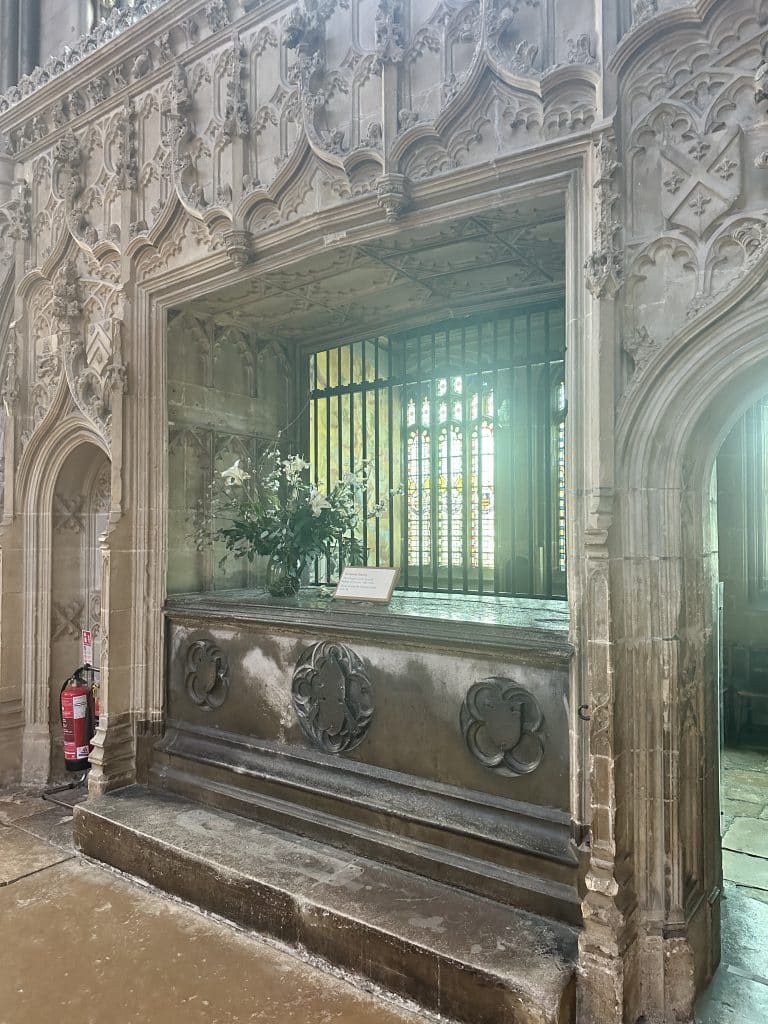

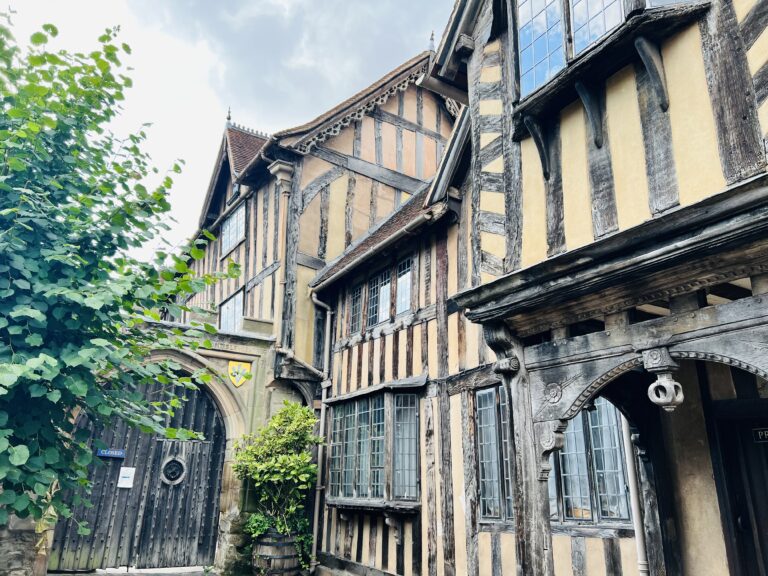
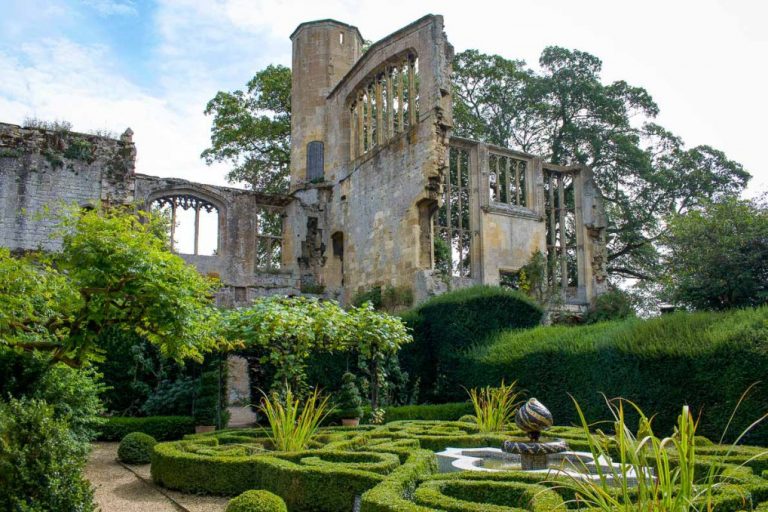
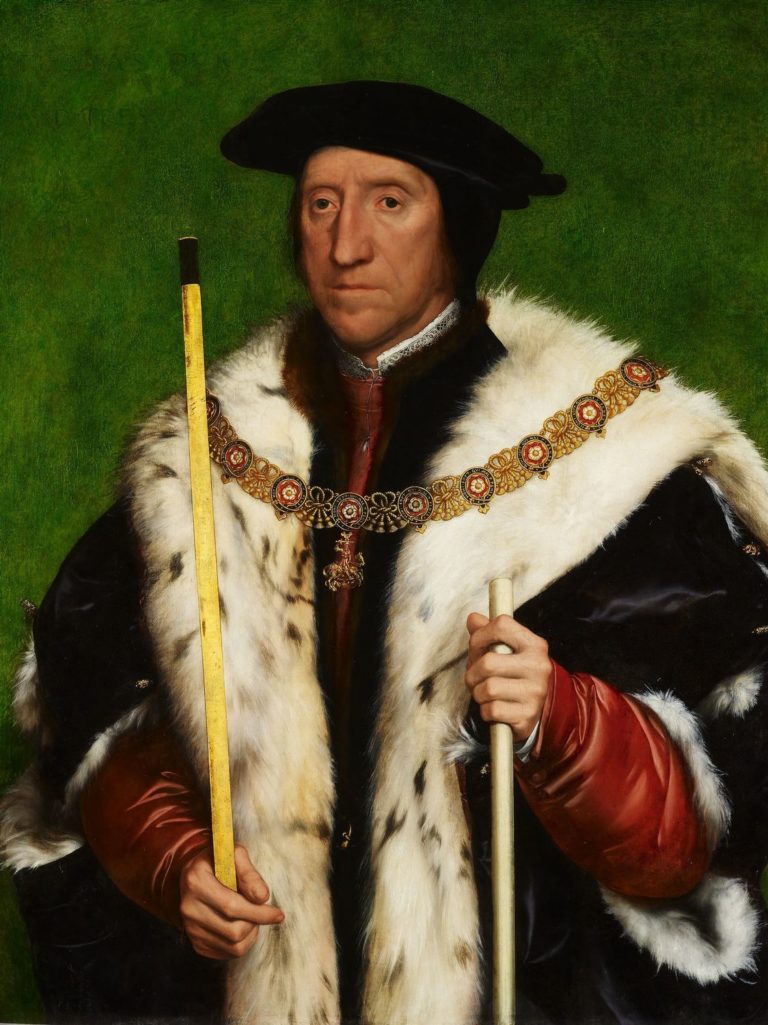
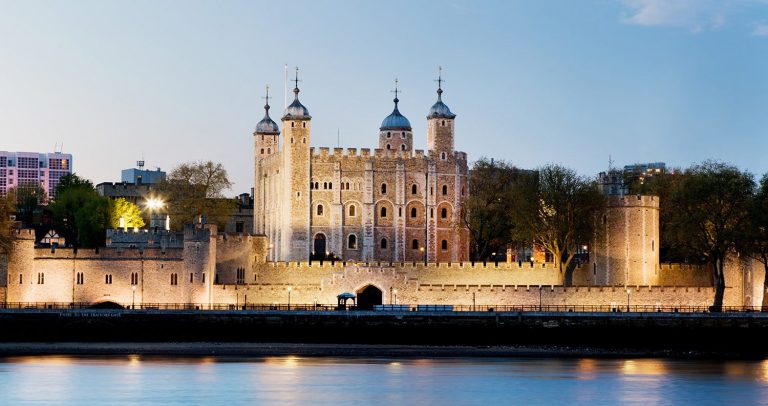
Than you very much Sandra
You are welcome, Adriana. Best wishes, Sarah
Absolutely fascinating! Thank you.
You are most welcome!